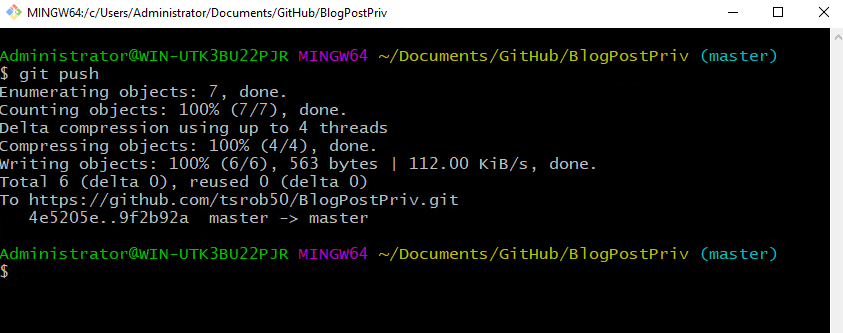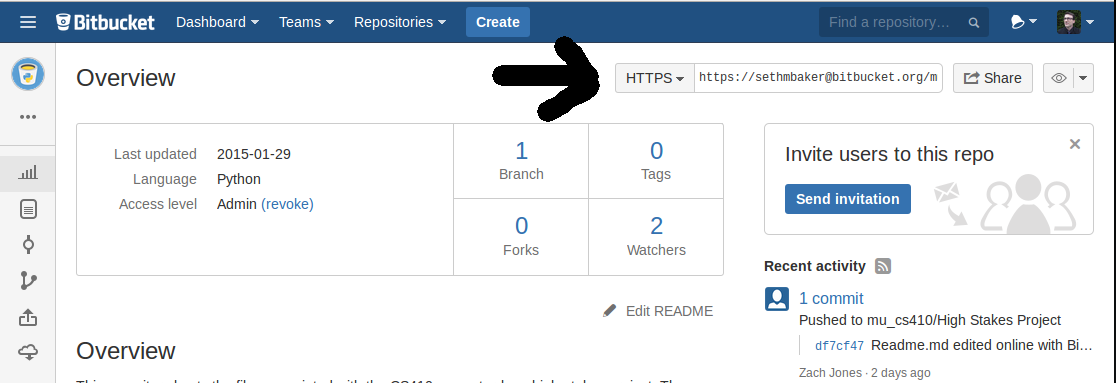

Tracking a remote branch creates a relationship to a local branch. This reference is used to check for new commits or push new changes to the remote repository.Ī Git repository itself may have multiple remotes, but a branch can only reference a single remote.
#Git add remote command how to
What is a Git Remote and How to Track BranchesĬloning a repository automatically creates a reference to a remote source, known as a remote. This tutorial uses branches named main, RemoteBranch, SomeBranch, and AnotherBranch. You may encounter an older application that uses master for their default branch name, but both names are functionally the same. The branches shown below are only local branches as no remote branches exist yet.įor most modern Git software, main is the default primary branch. The starred ( *) branch is the currently active branch. These remote repositories, referred to as “remotes,” are where your local Git repository will look for external commit updates once configured.įind out what branches are available with the Git branch command. By default, a commit automatically lives in the currently assigned branch, typically main or master.Ī remote branch is a branch that exists on a remote Git repository.
#Git add remote command series
Git repositories store and track a series of related commits in a branch. In this article, repositories are provided to learn from, or you may use your own. A remote Git repository such as GitLab, GitHub, or Azure DevOps.Other potential installation methods for Windows are Chocolatey and Git4Win.
#Git add remote command windows 10

This means you can actually set two different remote repositories for "origin", one for the push operation and one for fetch. In the output of the last command you may have noticed that there are actually two lines listed for the "origin" remote repository. Once you've added a remote to your repo you can then verify it with the -v flag: $ git remote -v You can also set these remotes as your default push or pull locations, shortening your Git commands even more.įor example, to add a remote origin to your repository, you would use the command like this: $ git remote add origin :scottwrobinson/camo.git

The remote name is helpful for being able to reference this repository without having to type out the entire location. The command you'll want to use is git remote add, and is generally used in the following way: $ git remote add In this short article I'll explain exactly how to do that. Either way, it's beneficial to associate a remote repository to your local one. Or you may just want to have a way to link your local Git repo with the remote one on GitHub. This is beneficial for when you want to pull in updates from someone else's fork of a project, for example. In the Git version control system you're able to push and pull code from any number of remote repositories.


 0 kommentar(er)
0 kommentar(er)
